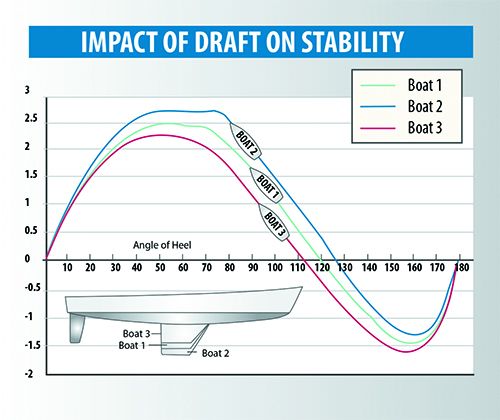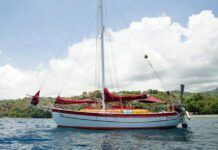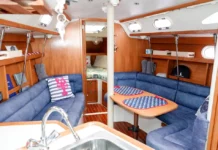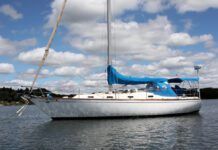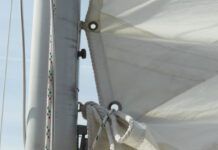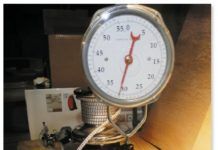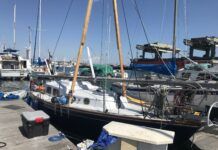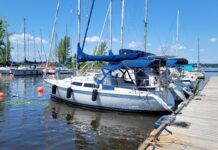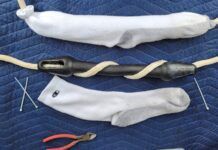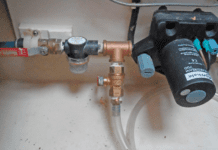A GZ curve illustrates righting lever. The high peak represents a boat’s maximum righting arm, which is only a part of the overall stability picture.
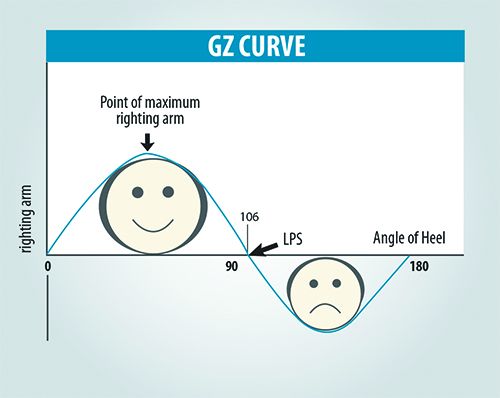
An offshore sailboat should have a limit of positive stability (LPS) (also known as the angle of vanishing stability- AVS) of 120 degrees or more. It is this ability to recover from a deep capsize that’s like money in the bank to every offshore passagemaker.
- The area under the positive portion of the GZ curve should be compared with the area under the negative portion. The higher the ratio between the two, the more seaworthy and less likely a monohull is to capsize and the more likely it will recover from a deep knock down.
- Lowering ballast lowers the CG and increases a vessel’s limit of positive stability. In these examples, three identical 30 footers with the same amount of ballast, but differing keel stub depths, alter their draft and GZ curves. Boat 1 (5’ draft), Boat 2 (6’ draft) and Boat 3 (4’ draft). Note that Boat 3, the shoal draft option, has the lowest LPS and Boat 2, has the deepest draft, highest LPS and will sail to windward better than the other two boats.
